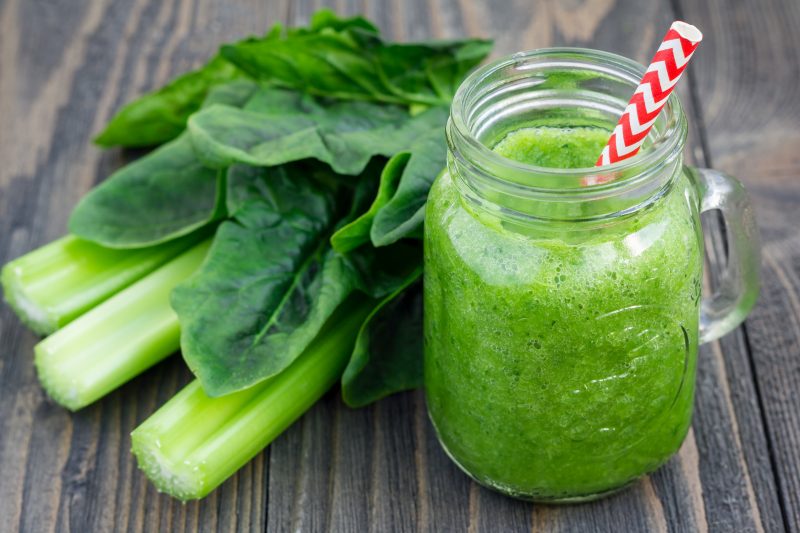Many people are ditching the dairy for dairy-free alternatives. But if you can and want to consume real milk products, there are healthy options—you just have to know what to look for!
The healthiness of dairy varies widely depending on type and source, so choosing the healthiest milk products can be confusing. Here are three simple rules that make it easy before you buy.
1. Look for Grass-fed and Organic Dairy
Organic, grass-fed dairy is the absolute best choice.
“Grass-fed” means the animals were fed only grass—their natural diet—instead of grain products that are often used to speed up weight gain and milk production.
If you can’t find both organic and grass-fed, choose grass-fed dairy sources first. To be sure the grass-fed claim is verified, choose products with seals like:
- American Grassfed
- PCO Certified 100% Grassfed
- Certified Grassfed by AGW
- or NOFA-NY Certified 100% Grass Fed
If you can’t find grass-fed dairy, organic dairy is second best.
Organic means the animals must have had year-round access to the outdoors and pasture during their grazing season, were not treated with antibiotics or hormones, and had a minimum intake of grass grown with synthetic pesticides and herbicides.
2. Choose Raw Over Pasteurized Milk
Raw dairy is always better than pasteurized.
Pasteurization involves heating milk to a specific temperature.
Pasteurization involves heating milk to a specific temperature. It’s claimed to make dairy products safer for us to consume by killing off harmful bacteria, but there are a few problems with this:
- It covers up the inhumane and unclean large-scale dairy practices happening in our country, allowing them to sell products that wouldn’t be healthy or safe otherwise
- Before pasteurization, dairy products like milk and cheese are “living foods.” Pasteurization actually destroys their main nutritional benefits.
- It kills many of the nutrients human bodies need to process milk.
Plus, pasteurized milk can be inflammatory for some people.
This is why raw, unpasteurized milk is far superior to pasteurized milk because it’s non-toxic and still contains all the beneficial nutrients, healthy bacteria, and enzymes of milk.
Look for local farmers and ranchers who offer raw milk, cheese, and cream products. Your local farmers market is a great place to start.
Note: Remember milk does still contain some carbs, so consume in moderation to stay in the Keto Zone!
3. Consider the Source: Cow Vs Goat Vs Sheep
Lastly, consider the animal your dairy comes from.
The lactose sugar in cow’s milk is hard for many people to digest and can cause bloating, gas, and other digestive issues. But some can eliminate these symptoms by choosing cow’s milk products with the A2 casein protein.
The protein beta-casein in cow’s milk has two main forms: A1 and A2. A1 has been shown to break down and promote inflammation in the body, causing symptoms similar to lactose intolerance.
Most milks contain both A1 and A2, but you can find those with just the A2 casein protein, such as those made from Jersey and Guernsey cows. Get to know your local farmers and find out what cows they use.
If you don’t want to or can’t drink cow’s milk, goat’s milk and sheep’s milk are often much better alternatives. In fact, raw goat’s milk is one of the healthiest milks you can drink! It’s easier to digest and more nutrient dense.
So, when choosing the healthiest milk and dairy products, look for grass-fed and organic, raw and unpasteurized, and choose the source of your dairy wisely. Your health will thank you!
Check Out More Keto Articles Join Our Keto Group





















What about almond milk? Or other milk substitutes?